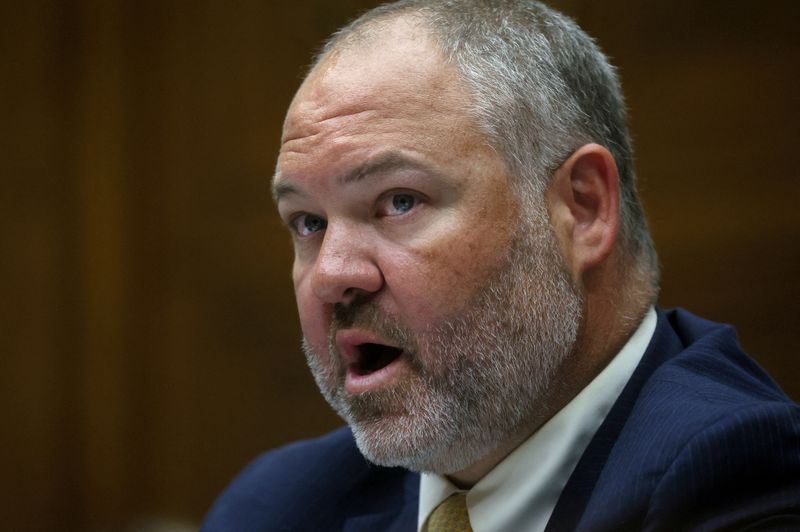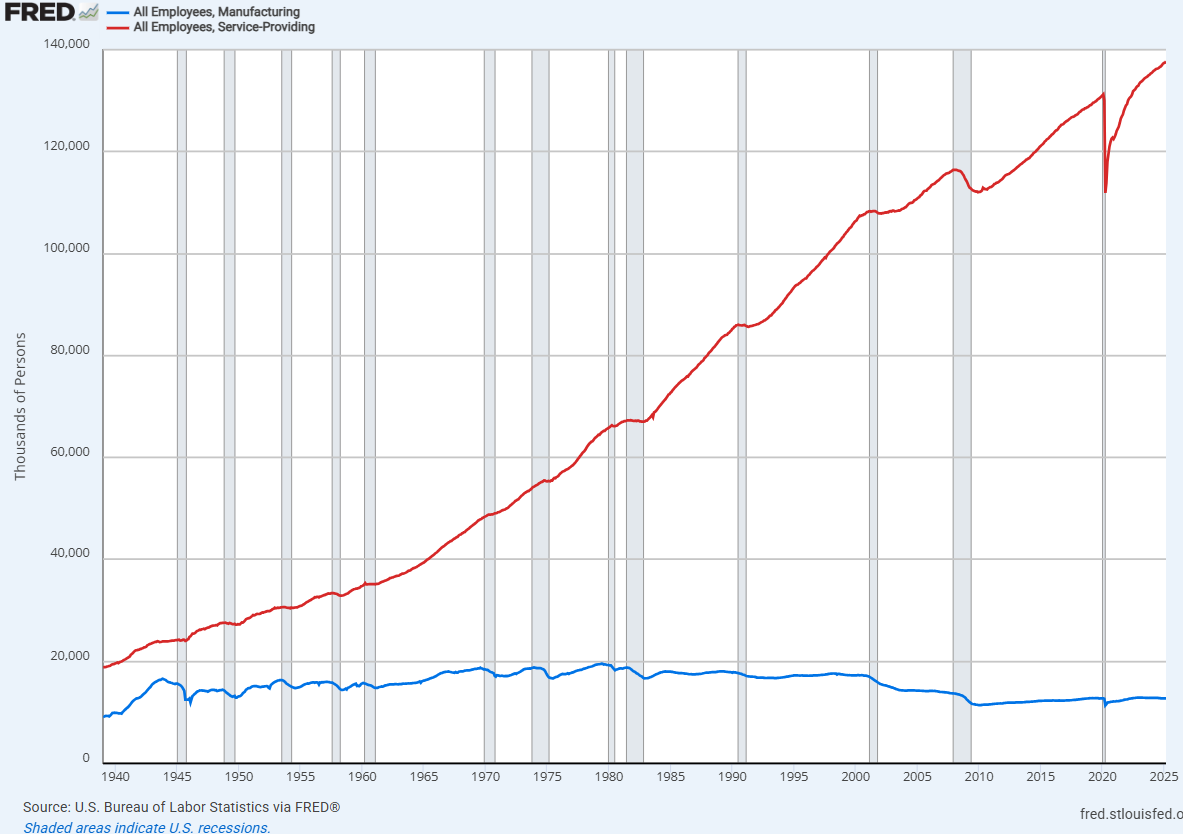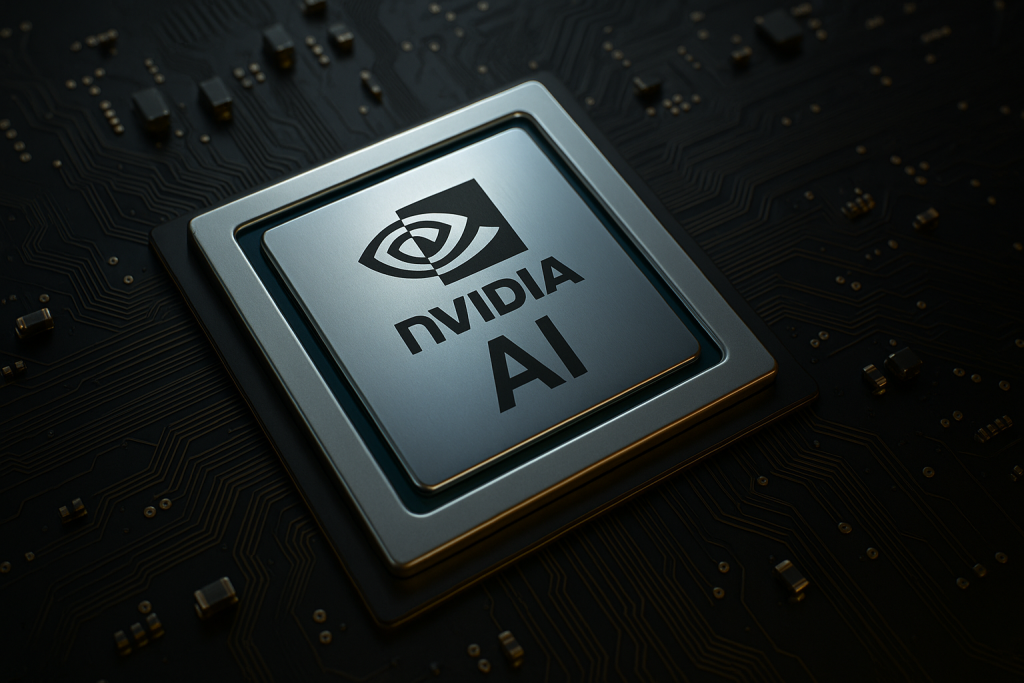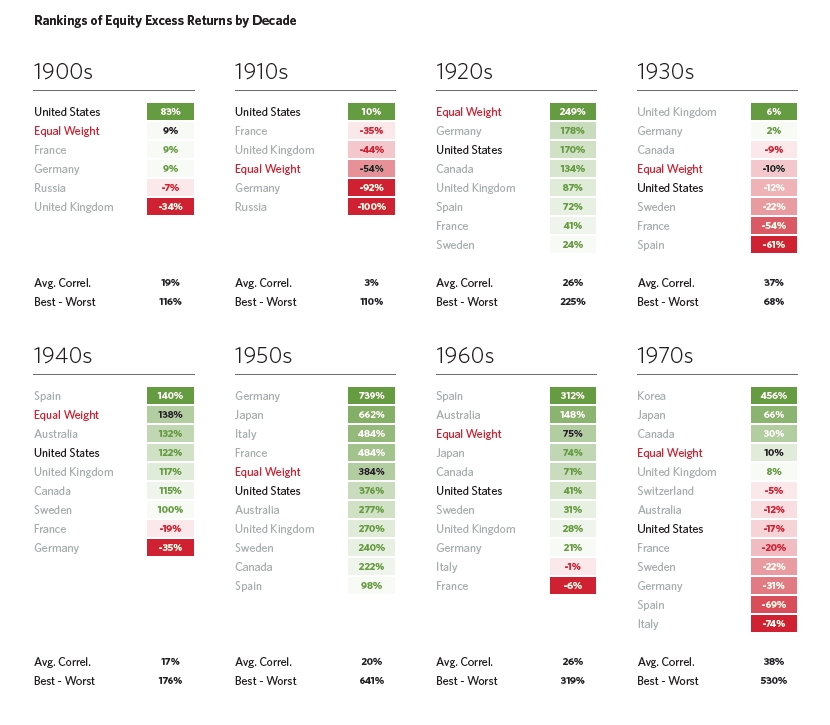This Is What Gen X and Millennials Need to Know About Social Security’s 2033 Trust Fund Projections
Gen Xers are currently between the ages of 45 and 60, so retirement is getting pretty close for many people in this generation. Millennials, on the other hand, are between the ages of 29 and 44. Retirement may seem pretty far off. However, while these groups are in different places in life, both should be […] The post This Is What Gen X and Millennials Need to Know About Social Security’s 2033 Trust Fund Projections appeared first on 24/7 Wall St..

Key Points
-
The Social Security trust fund is at risk of running out of benefits.
-
An automatic benefits cut could happen as soon as 2033.
-
Lawmakers are likely to make changes that more likely to affect millennials than Gen Xers.
-
Are you ahead, or behind on retirement? SmartAsset’s free tool can match you with a financial advisor in minutes to help you answer that today. Each advisor has been carefully vetted, and must act in your best interests. If you’ve saved and built a substantial nest egg for you and your family; get started by clicking here.(Sponsor)
Gen Xers are currently between the ages of 45 and 60, so retirement is getting pretty close for many people in this generation. Millennials, on the other hand, are between the ages of 29 and 44. Retirement may seem pretty far off.
However, while these groups are in different places in life, both should be concerned about the most recent Social Security Trustees’ report. The report shows a shortfall in funding that could easily lead to a benefit cut during their retirement, affecting the funds they have available to live on.
Here’s what GenXers and millennials need to know.
Will Social Security benefits be cut for Gen X and Millennial Retirees?
The Social Security Trustees’ report stated that there is enough money in the program’s trust fund to pay 100% of benefits through 2035, if the Disability Insurance (DI) Trust Fund and the Old-Age and Survivors Insurance (OASI) Trust Fund are combined. If the trust funds are not combined and benefits to retirees are only paid out of the OASI trust fund, its reserves will be depleted by 2033. The current rules do not allow the trust funds to be combined, but it’s widely expected that this would change if the money runs dry.
Social Security can pay benefits out of revenue it collects from current workers, as well as from the trust fund. If the trust fund runs out, though, there will not be enough money. The revenue coming in will only be enough to pay partial benefits. If the fund runs out in 2033, the income coming in would be sufficient to pay 79% of scheduled benefits. If the fund runs out in 2035, then the revenue collected could pay 83% of the scheduled benefits.
Still, this means the best-case scenario would be that retirees get an automatic 17% benefits cut in 2035, and the worst-case scenario would be a 21% cut as soon as 2033. This could put a huge hole in the budget of both Gen X and Millennial retirees, many of whom don’t have enough money saved to support their retirement already.
How likely is it that these benefit cuts will happen?

The good news is that Social Security is a very popular program. It is very unlikely that lawmakers are going to allow a reduction in benefits.
However, the big question is, what are they going to do to stop it? President Trump has promised that there will be no cuts to Social Security, but the options for fixing the shortfall include:
- Raising the full retirement age so you don’t get to claim your full benefits until you are older
- Raising taxes collected to fund Social Security
- Cutting benefits so retirees get less money
None of those solutions is likely to be very popular. When the trust fund was running short in the past, lawmakers did make big changes, including imposing taxes on some Social Security benefits and raising the full retirement age. It used to be 65 for everyone, and lawmakers phased in the change so it gradually moved to age 67 over time.
This may happen again, with some type of compromise solution that is phased in slowly. If that’s the case, retirement age is not likely to change for Gen Xers since they are already really close to retirement. Millennials, on the other hand, could see their full retirement age change. This is a de facto cut to benefits, because if they wanted to claim at the same age as retirees now, they would get hit with early filing penalties.
There’s also a chance lawmakers will just change the rules and allow Social Security to be funded with deficit spending, so the government could essentially borrow to pay benefits. That’s not currently allowed based on the way the program is designed, but it would spare lawmakers at least temporarily from making hard choices about tax increases or benefit cuts. Of course, it would only exacerbate the government’s overall spending and debt issues over the long term.
A lot depends on who is in office over the next few years, and what types of changes lawmakers at the time feel are politically possible. Ultimately, though, Gen Xers and millennials do face a risk of a benefits cut if something isn’t done, and millennials also stand a greater chance of a cut even if a solution is found.
All of this means that saving enough money to fund a secure retirement, even without full Social Security benefits, is going to be the most important move for members of both generations. A financial advisor can help with this process, working with Gen Xers and millennials to make a plan to build a secure future.
The post This Is What Gen X and Millennials Need to Know About Social Security’s 2033 Trust Fund Projections appeared first on 24/7 Wall St..
































































































































































